Nowadays, the best cheap cycling computers can record where you've been on your ride, log your speed and other data every second or so, and provide you with a rich and complete log of each bike trip. Some can also guide your ride with on-screen maps and turn directions, which is a far cry from computers of decades gone by that involved lots of wires and simply recorded speed and distance.

Excellent battery life: Bryton Rider 15E Neo GPS cycle computer

Easy to read: Cateye Quick Computer

Simple to follow: Beeline Velo 2 Cycling Computer

Offers loads of data: Bryton Rider 420E GPS computer

Cheap but by no means nasty: Coospo BC107 GPS Bike Computer

A nifty little device: Polar M460 GPS Bike Computer with heart rate monitor

Does the necessary with minimal fuss: Garmin Edge 130 Plus

Budget friendly: iGPSPORT iGS320 Bike Computer

Modern ride-recording GPS with a barometric altimeter: Sigma ROX 4.0 Cycling Computer
The basic function of any good cycling computer is to track your effort level - whether that's simply using speed as a pointer or connecting up a power meter and/or heart rate monitor to truly gauge how hard you're working - and to measure how far you've ridden. If you do just want to know how far and how fast, budget GPS-equipped computers are now so affordable and accurate that for most of us, it's worth spending a little more for the extra features they often come with. If you literally only want to know your speed and distance then don't worry, we've got you covered in this guide too with basic computer recommendations starting from just 33 quid.
If you do go for a budget GPS computer, it means you probably won't get maps and full car satnav-style directions like on higher end units, but some have rudimentary breadcrumb navigation that can help you find new routes. Many cheap GPS cycling computers also have a 'back to start' function that'll help get you home if you get lost. If you also want fitness data, pick up a cheap GPS cycling computer that can read heart rate or even power from ANT+ or Bluetooth sensors.
'Cheap' is obviously subjective, but there are options here from £33 up to £122, which arguably all fall into the budget computer category considering top-end units can cost £500+. For a wider selection and to see what you can get with a heftier spend, see our main cycling computer guide, or keep scrolling to see our top budget picks...
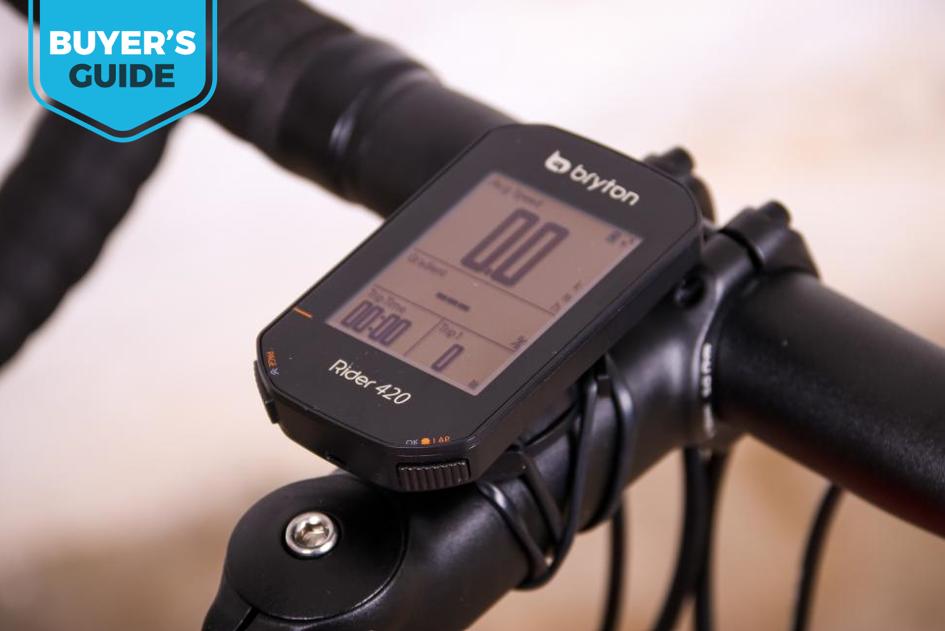









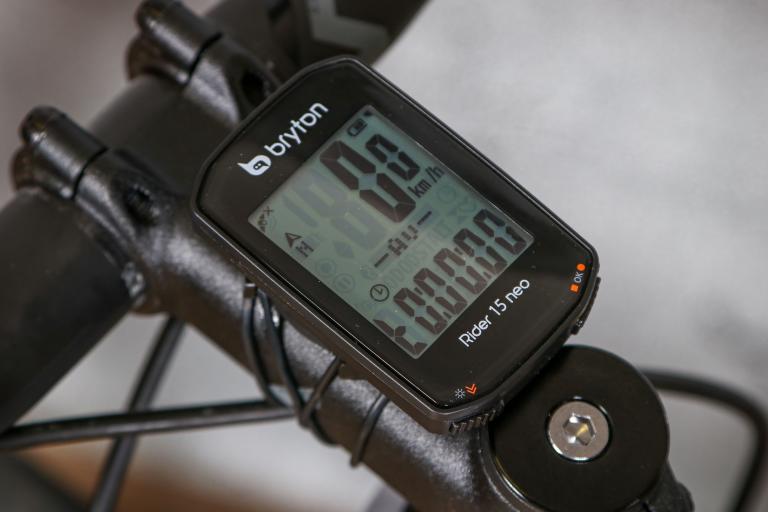

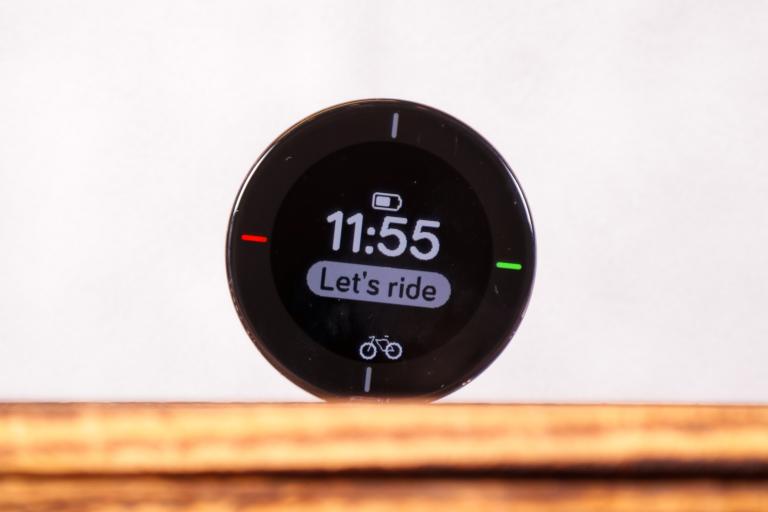

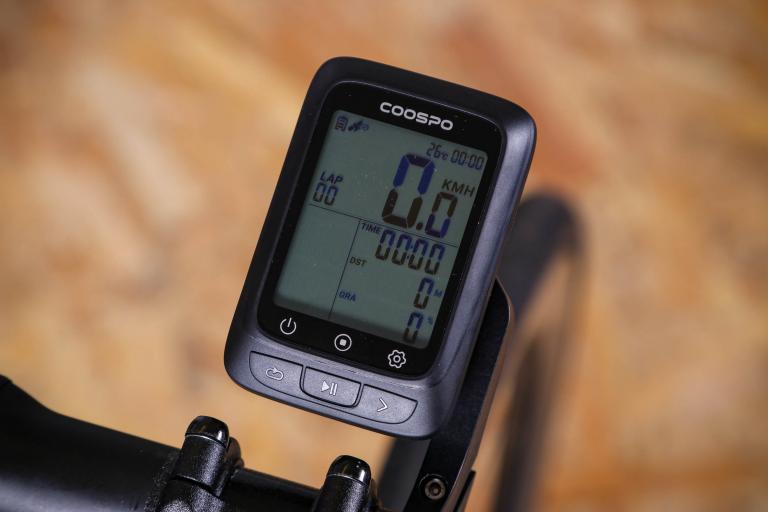
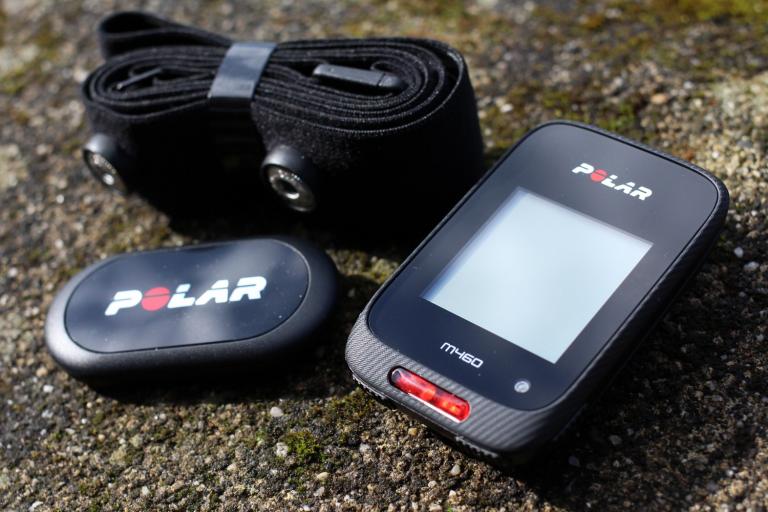


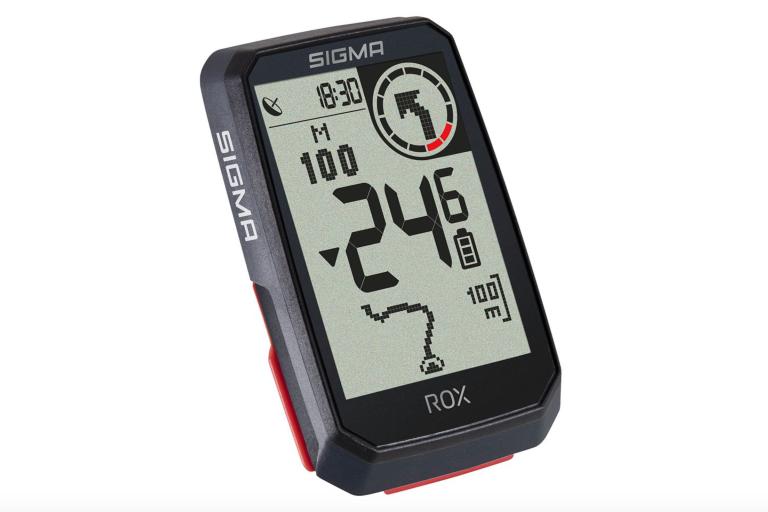
Add new comment
3 comments
Weird not to have included a Lezyne in this list.
We did consider adding the Mega XL but the price point probably just counts it out of this guide, it's in the main one though. The cheaper Lezyne units didn't score high enough in the reviews to make it in.
Have the Bryton and do not recommend it. Quit uploading data after three months and Bryton HRM I got with it drifts all over the place, like swings of 40-50 bpm within 5-10 seconds. Totally unreliable. Have submitted three or four tickets to Bryton with no response. Otherwise, it is great.